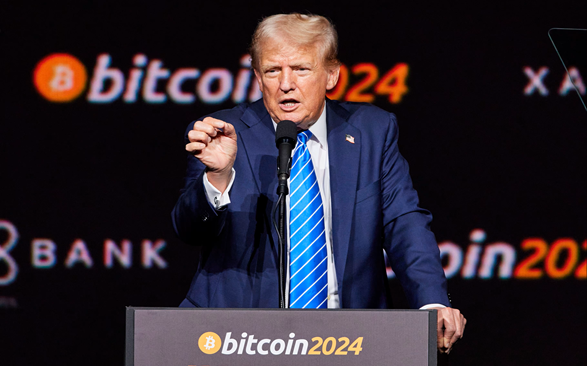Jude Ayua, Associate, Crypto Policy
Post-FTX, will Argentina’s proof-of-solvency requirement bring about a safer market for crypto investors?
Recent trends reveal an increased interest by governments around the world to regulate cryptocurrency. In addition to the desire to control the market, there is seemingly also concern about market safety, investors’ security, and consumer protection, depending on the country and context.
Bitcoin.com reported in February of Argentina’s government preparing to pass stricter regulations that crypto companies must comply with to operate in the country. The country’s national securities regulator (CNV) is proposing the proof-of-solvency requirements for institutions that handle cryptocurrency deposits for third parties.
CNV’s president Sebastian Negri disclosed that the regulation will focus more on crypto exchanges than on the classifications of crypto assets. Negri pointed out that the framework will be applied in a progressive way. But he did not clarify whether the agency will require companies for proof of solvency. But it will consult with the crypto industry, Negri said.
“We will create a working group with the industry to agree on new regulatory parameters, which will include companies meeting asset and solvency requirements to back up the risk they take.”
Sebastian Negri , President of Argentina’s national securities regulator (CNV)
Understanding proof of solvency and how FTX collapse triggered it.
Proof of solvency is a report that certifies whether a crypto exchange or company has the amount of cryptocurrency it publicly presents itself to have. This is then directly compared with its funds on the blockchain to determine whether the funds are sufficient to cover the company’s liabilities to its customers.
Related: Proof of Reserves (PoR) Explained
Related: How do you determine the liquidity of a crypto exchange?
Portuguese local news agency, Valor Economico, estimates that “Argentines are among the biggest users of cryptocurrencies in the region, in part due to strict exchange controls and annual inflation of nearly 100%”. But Valor noted that regional users were “heavily affected by the FTX meltdown, with some of the biggest local crypto exchanges seeing withdrawals of up to 25% of their deposits”. The FTX meltdown is no doubt one of the major reasons for the government’s move for proof-of-solvency.
Following the FTX collapse, investors became more averse to the crypto market. Firms have been trying to prove their credibility as some firms also started proving solvency as a self-regulatory measure. Ariel Scaliter, co-founder of startup Agrotoken and director of a graduate program in blockchain at Universidad del CEMA in Buenos Aires noted:
“[I] received at least 10 calls at the end of last year from small investors who lost money because they had between $5,000 and $20,000 worth of cryptocurrency earning on FTX…So, there was a big change in the behavior of companies, which were quick to recognize the hit and focused on showing signs of solvency”.
Ariel Scaliter, Co-Founder, Agrotoken
“The community has lost confidence in cryptocurrencies and we must bring them back,” said Francisco Landino, blockchain director at Lemon Cash.
Related: FTX Collapse: Does FTT have a future?
Proof-of-solvency requirement welcomed by industry stakeholders in Argentina
Stakeholders in the industry seem to welcome the Argentine government’s plans for proof of solvency. According to Julian Colombo, CEO of Bitso, “proof-of-solvency is the most relevant test. We will make it public, whether it is a regulatory requirement or not.
“For any to be solvent, assets must be greater than its liabilities. Being solvent means ensuring that if customers decide to withdraw 100% of their funds at the same time, they can do so,” said Colombo.
Perhaps, a proof-of-solvency requirement—not only in Argentina but across all government regulators globally—for crypto exchanges will help avoid a similar occurrence to that of FTX. It will ensure better consumer protection and investors’ safety.
Another reason for this move is Argentina’s government’s effort to strengthen regulation ahead of a visit by officials of the Financial Action Task Force (FATF), scheduled for September 2023. In addition to the proof-of-solvency, the government also plans to require crypto companies to have Know Your Customer (KYC) rules, be transparent about their activities, and report suspicious transactions above $1000.
Sebastian Negri’s disclosure of the agency’s intention to consult with the crypto industry suggests the regulator’s effort toward an inter-stakeholder regulation. This is expected to take the needs of the industry into consideration. Collaborative regulation proves to be more effective than government’s unilateral regulation which may in some instances be extreme and unfavorable to the private sector.
Credit: Jude Ayua
Jude, a writer and lawyer, is Associate, Crypto Policy, at Crypto Asset Buyer (CAB).
Discover more from Crypto Asset Buyer
Subscribe to get the latest posts sent to your email.




